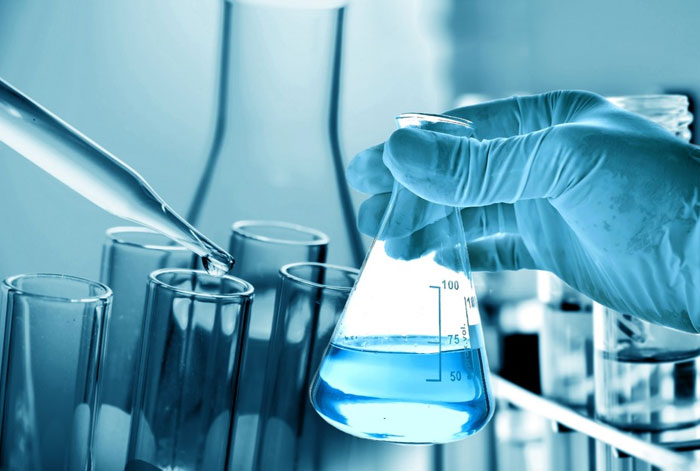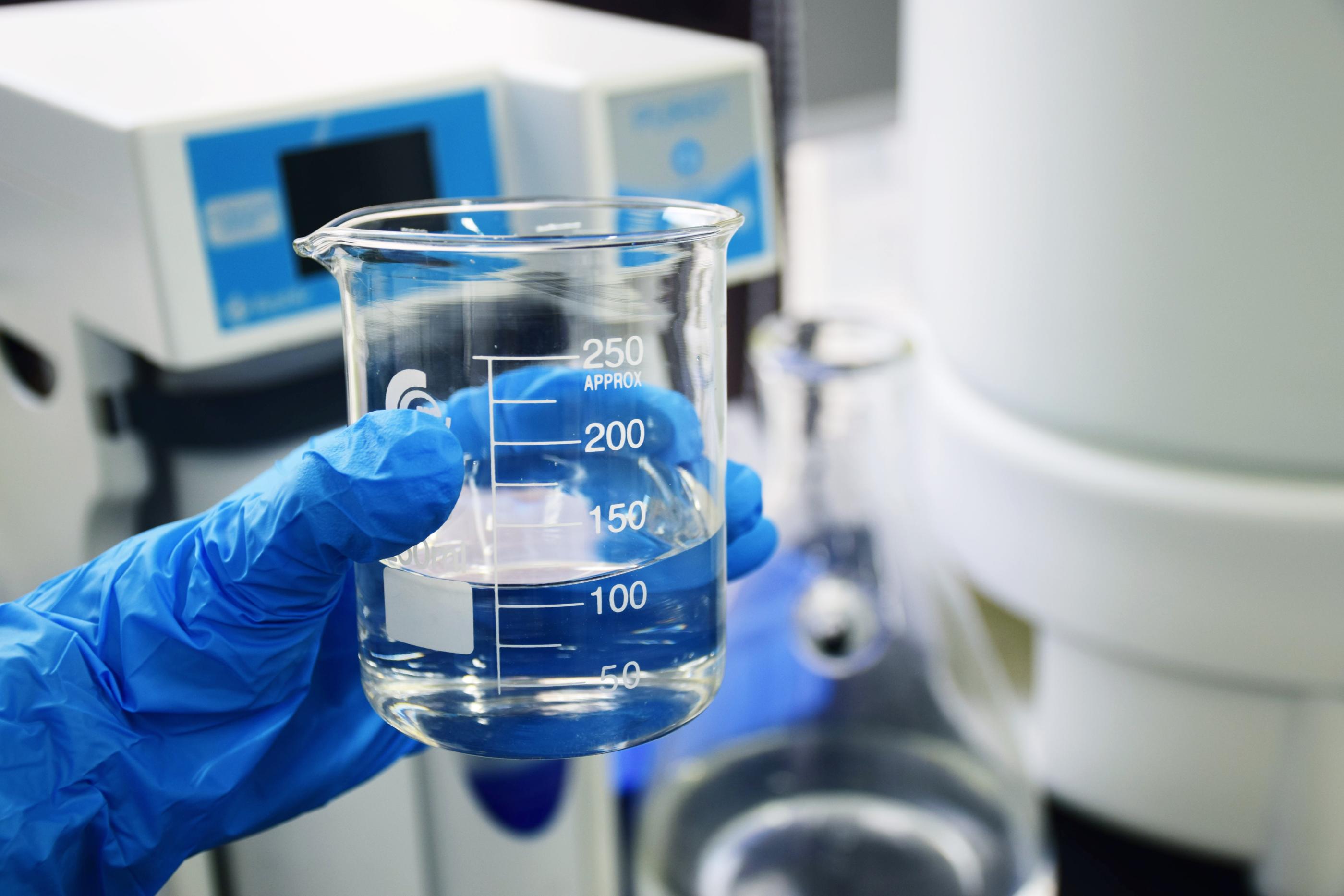Why You Ought To Choose Our Water Testing Service for Your Home
Why You Ought To Choose Our Water Testing Service for Your Home
Blog Article
Recognize the Relevance of Water Screening in Preserving Conformity With Wellness Requirements
In the world of public wellness, recognizing the relevance of water screening is vital for keeping conformity with rigorous wellness requirements set forth by authoritative bodies like the WHO and EPA. This technique acts as a frontline protection against the infiltration of harmful impurities, varying from microbial microorganisms to dangerous chemicals. But what are the specific approaches used in water testing, and how do they make certain that our most crucial resource remains unpolluted? As we explore these elements, the wider implications for governing compliance and ecological sustainability start to unfold, welcoming further reflection on this vital subject.
Trick Health And Wellness Standards for Water
Making sure the security and quality of alcohol consumption water is vital, as it directly affects public wellness. Stringent health and wellness criteria are established to protect people from waterborne conditions and contaminants that can cause adverse health impacts. The Globe Wellness Organization (WHO) and nationwide firms like the Epa (EPA) in the USA established guidelines and regulatory limitations for numerous physical, chemical, and organic criteria in drinking water.
These standards are based on substantial clinical study and are occasionally reviewed to incorporate new findings and technological improvements. Trick criteria consist of microbial impurities such as microorganisms and infections, chemical toxins like lead and arsenic, and physical characteristics such as turbidity and pH levels. Compliance with these standards ensures that water is totally free from damaging compounds and is visually pleasing to the consumer.
Water testing plays a vital function in confirming compliance with these health standards. Normal surveillance and screening assistance determine prospective issues before they pose a significant health threat, enabling prompt intervention and remediation. By abiding by these standards, water service providers can maintain public confidence in the safety and security of the area's water system, consequently protecting public health effectively.
Usual Contaminants Found
When assessing water top quality, what are the most prevalent pollutants that often tend to be spotted? Microbial microorganisms, consisting of bacteria like Escherichia coli and protozoans such as Giardia and Cryptosporidium, are regularly found in water sources, posturing significant health and wellness risks if ingested.
Nitrates, commonly resulting from farming fertilizers, can lead to severe health and wellness problems, especially in infants. Volatile organic substances (VOCs) and chemicals, results of agricultural techniques and commercial tasks, additional contribute to water contamination.
Inorganic substances such as fluoride and chlorine, although occasionally intentionally contributed to water for wellness advantages, can end up being problematic at raised degrees. Finally, emerging contaminants, including drugs and individual care products, are significantly being identified, increasing issues regarding their prospective impact on human wellness and ecological communities. Dealing with these contaminants is necessary for protecting public wellness and making sure water quality conformity.
Methods of Water Testing
Water screening's accuracy is vital for making certain and identifying pollutants security conformity. One widespread strategy is spectrophotometry, which measures the absorption of light by chemical substances in the water, thus determining aspects like phosphates and nitrates.
Chromatography is an additional innovative approach made use of, specifically for organic contaminants. By separating mixtures into individual components, it enables comprehensive evaluation of intricate contaminants. Gas chromatography and liquid chromatography are commonly used versions, each matched for various compound types.
Microbiological testing is important for detecting pathogens such as bacteria, viruses, and protozoa. Techniques such as membrane filtering and multiple-tube fermentation are employed to society and identify microbial presence. These methods are crucial in safeguarding public health by ensuring microbial safety and security.

Advantages of Regular Screening
Recognizing the different methods of water screening highlights the requirement of regular screening practices to keep water high quality. Regular water screening works as an aggressive procedure to identify possible pollutants before they intensify into severe health threats. By regularly keeping track of water top quality, organizations can detect contaminants such as bacteria, look at here hefty steels, and chemical residues early, permitting for timely treatments that avoid carcinogen and pricey remediation efforts.

Moreover, routine screening ensures that water systems abide with recognized health and wellness criteria and regulations. This compliance is vital for avoiding legal charges and preserving the trust fund of stakeholders and consumers. Constant water top quality analyses help identify patterns or variations in water make-up, providing important information that can lead functional decisions and resource administration methods.
In sectors such as municipal water health care, supply, and food processing, keeping high water top quality requirements is integral to shielding public health and wellness. In general, the advantages of routine water testing expand beyond conformity, improving operational performance, public security, and ecological stewardship.
Steps to Ensure Conformity
To make sure conformity with water high quality regulations, organizations have to apply an organized method encompassing both rehabilitative and precautionary measures. A comprehensive danger evaluation need to be conducted to identify prospective contamination resources and susceptabilities within the water system. This analysis informs the development of a tailored water administration strategy that details details testing protocols, frequency, and parameters needed to satisfy regulative requirements.
Succeeding to the preparation stage, companies must develop a timetable for normal water screening that follows both neighborhood and nationwide standards. Using certified labs makes sure my latest blog post the precision and dependability of test results. Any discrepancies from acceptable water quality standards should trigger immediate corrective activities, such as system cleansing, repair services, or modifications in treatment processes.
Furthermore, keeping thorough documents of all testing activities, outcomes, and rehabilitative actions is vital for demonstrating conformity throughout audits and assessments. Routine training and updates for staff associated with water monitoring processes are essential to guarantee they are mindful of present policies and best techniques.
Final Thought
Regular water screening is necessary for preserving compliance with wellness requirements set by companies such as that and EPA. By determining contaminants like microbial virus, heavy steels, and chemicals, testing ensures that alcohol consumption water remains secure. Positive monitoring shields public health and wellness, supports regulative compliance, and fosters self-confidence in water high quality monitoring. Furthermore, consistent screening promotes ecological sustainability and safeguards neighborhoods, maintaining crucial water sources for future generations. Compliance with these standards is critical for the wellness of society.
In the world of public health, comprehending the relevance of water screening is important for keeping conformity with stringent health and wellness requirements established forth by reliable bodies like the WHO and EPA. By adhering to these requirements, water suppliers can keep public confidence in the safety of the neighborhood's her comment is here water supply, consequently guarding public health efficiently.

In sectors such as municipal water supply, food, and healthcare handling, preserving high water quality criteria is important to securing public health.
Report this page